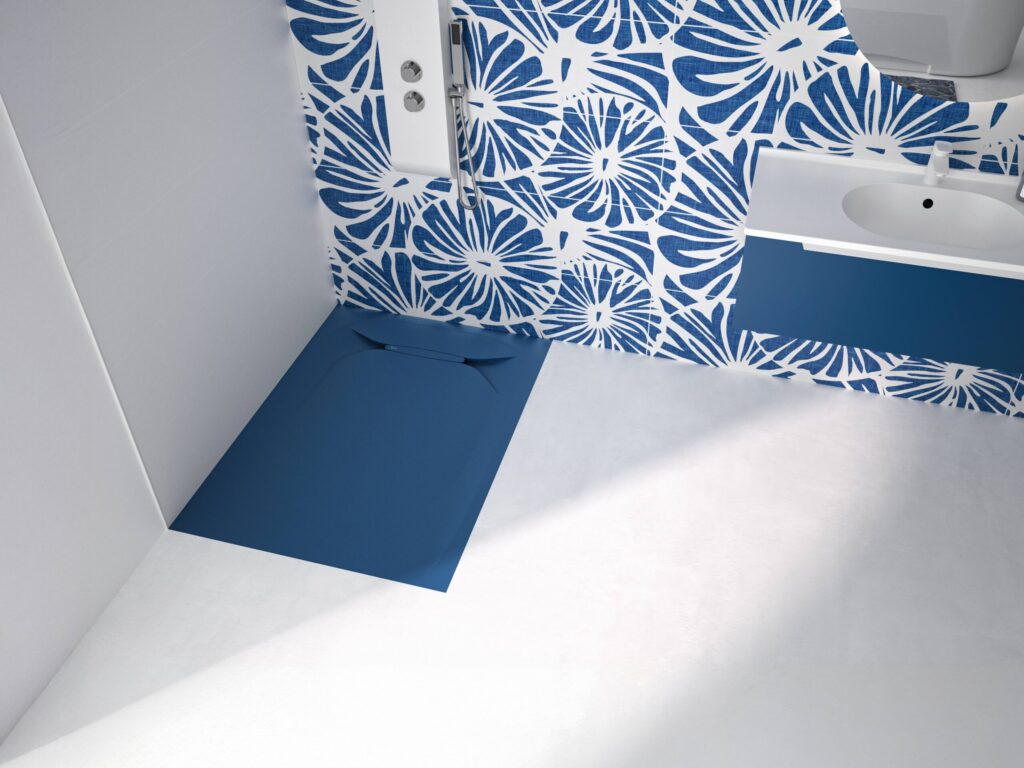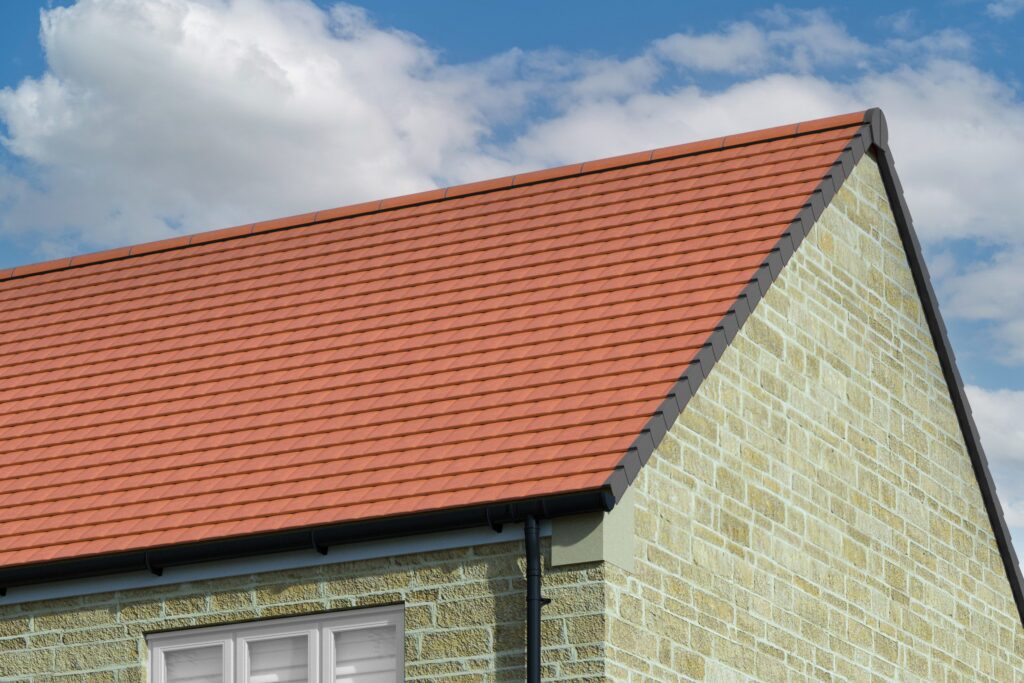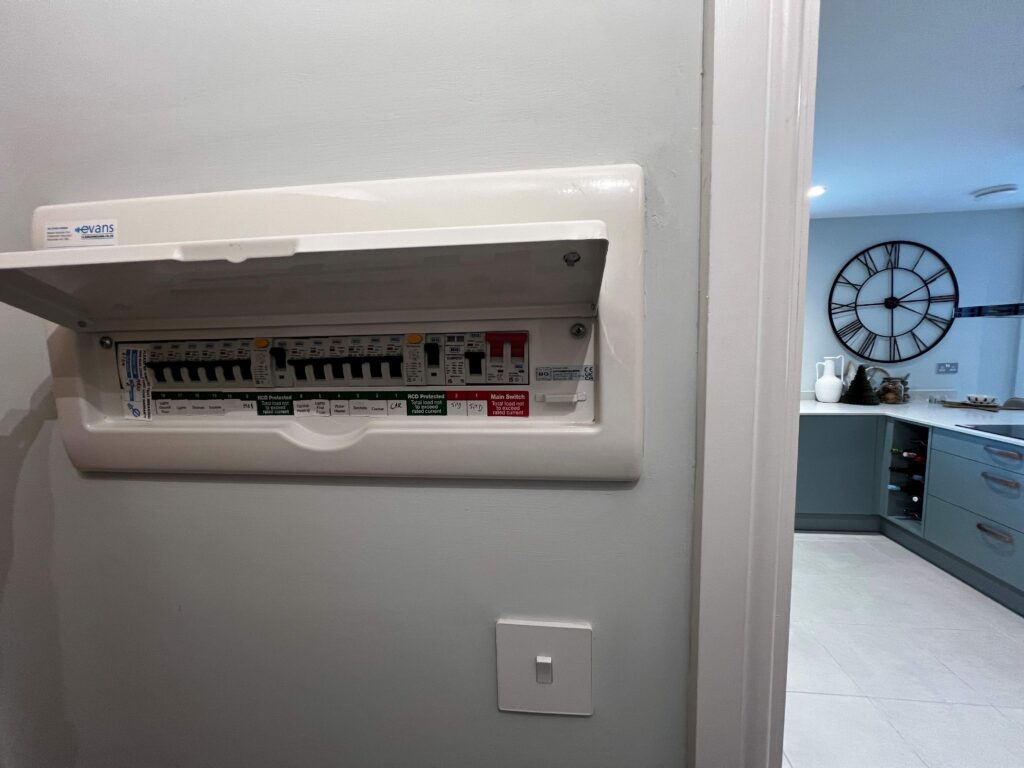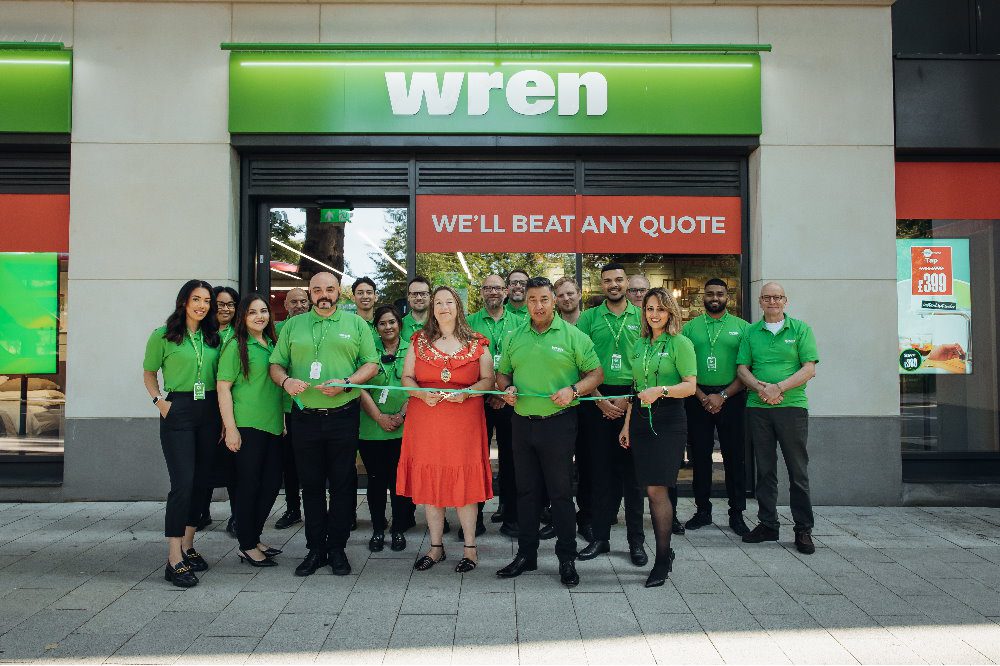Kitchen trends have evolved rapidly over the past year as the public are spending more and more time at home, so which trends are likely to stay post Covid?
There’s no place like home.
The phrase has always been true, but especially in the last year. What used to be a place to return to after a long day now serves multiple purposes to people all day, every day, even with restrictions being lifted. The home is now an office, school, restaurant, gym, playroom and more. And with most people around the world spending significantly more time in their homes than ever before, change has inevitably occurred.
Innovation in the kitchen is continuously evolving, but how has technology impacted the post-covid kitchen? In this feature Showhome takes a look at some of the biggest luxury trends found in the modern kitchen, including instant hot water taps, smart technology, anti bacterial surfaces and so much more.
Kitchens and gathering spaces have always been priorities but will become especially significant moving forward in a post-COVID world. Beyond functioning as the hub of the home, kitchens regain importance as people are no longer eating out or ordering in as much, and cooking increases due to both necessity and enjoyment.
Hygiene products will also be trending: Antibacterial and antimicrobial surfaces, such as porcelain tiles, quartz, granite, solid-surfacing like Corian, or laminate countertops like Formica or Wilsonart, in kitchens and bathrooms; stainless steel for appliances, may become more common for countertops and bathroom finishes.
One of the biggest priorities for homeowners is health and safety. Instead of choosing materials and items because they fit their personal style, many people are prioritising materials that are antimicrobial and easy to clean. Materials like copper, brass and bronze, which have natural antimicrobial properties, are seeing a boost in popularity. These materials are commonly used in doorknobs or kitchen cabinet handles and kill germs and bacteria on their own without the need to constantly use chemical sprays and wipes.
Smart homes are also adapting with touch-free technology to curb the spread of germs. Hands-free sinks and toilets, smart thermostats, automated lights and voice-controlled smart devices allow people to stay comfortable while also limiting what they touch around the house.
Another COVID design change is rooms serving more than one purpose. The room that used to be just for dining is now also the epicenter for virtual learning. The basement that was once a storage space is now also a home gym. Homeowners are designing their rooms with multiple purposes in mind and finding furniture and décor pieces that serve multiple functions.
Desks and workspaces are being incorporated into bedroom design, and homeowners are requesting larger kitchen islands with built-in seating to accommodate more people doing a variety of at-home activities. Rooms need to be able to easily transition, which has boosted the popularity of modular and multi-functional furniture.
For years, open concept floor plans have been popular, but the pandemic has made homeowners shift to more traditional layouts with rooms that can be closed off to create individual areas. Instead of having virtual school, playtime and remote work happening in the same shared space, people now want to be able to close doors to give each person their own space.
So, what will change in the technological aspect of the kitchen, aside from materials and layout? As people wish their homes to be almost like a sanctuary, as opposed to a place to sleep and eat, we are likely to see a continued rise in technological luxury products.
Taps
Instant hot water taps were popular well before the pandemic but it has seen awareness and sales grow faster, as consumers have become more educated about the benefits and differences. As kitchens transformed into home offices and classrooms, consumers working from home realised the value of the instant hot water tap for convenience and added hygiene when cleaning.
Managing Director of Quooker UK, Stephen Johnson points out: “Whilst there are many benefits to working from home, the irritation of having to wait four minutes for a noisy kettle to boil or its energy-guzzling nature, has highlighted just how inefficient and inconvenient a kettle is. Couple that with the safety issue surrounding kettles and ease of burning, especially for families with young children or those with restricted mobility, it is unsurprising we are experiencing a consumer shift to boiling water taps.”
In fact, such has been the shift in sales, Quooker has reported 50% growth year on year. And the growth has also been witnessed by Abode, as its Marketing Manager Leanne Adamson offers some statistics on the recent growth of hot water tap sales: “Comparing 2020 sales with the same period in 2019, Abode hot water tap sales were up by 13%.”
Touchless faucets are gaining popularity, with Moen, Kohler, and Delta offering highly rated automatic tap options, as another way to promote cleanliness and reduce the transfer of germs. American Standard, Kohler, TOTO, and Duravit are among the manufacturers with top efficient touchless models.
Marketing Manager at Blanco John Robinson says: “With no new holidays and no need for new cars this past 12 months, a lot of consumers are able to push their kitchens, fixtures and fittings into levels they wouldn’t have been able to before. Good news for the premium brands, but just as good for the entry-level brands as they too see consumers enter the market that, perhaps, wouldn’t have been there before the pandemic.”
However, leader category UK at Grohe, Elina Enqvist-Twomey believes it is the top-end which is showing the greatest signs of growth: “We have found that when it comes to hot water taps, consumers are increasingly seeking out more premium options that can offer additional features to give them peace of mind, particularly around safety, in their day-to-day lives.”
Smart capabilities
The pre-COVID trend of smart appliances is now becoming the norm, both with new home cooks in need of a digital sous chef and a new cadre of tech-forward consumers who want their digital lifestyles to follow them into the kitchen. Think wine column refrigerators that manage your personal collection with photos of labels, notes on shelf placement and learning your preferences in order to make pairing recommendations, like those with the Signature Sommelier app from Signature Kitchen Suite.
Even as people tire of staying indoors, recent Harvard research found that 81% of individuals want to work remotely or have a hybrid schedule. And although many won’t be spending quite as much time at home, they will demand much more from their homes now and will be much more intentional about how they use their space to live full lives. This presents an opportunity for builders to create spaces that work harder and smarter throughout the home, especially in the kitchen.
Aside from the luxury ease of smart appliances, we are likely to see a continued surge in popularity because of the contactless abilities of technology. Voice controlled appliances are sure to continue in the future. Similarly, as people have had the time to work on their ideal homes over lockdown, many people have upgraded connected systems. Having total control of your heating, water, lighting, electricity, coffee machine etc all from one app is the ultimate luxury trend.
Antibacterial materials
Covid has presented a new revolution of spaces and ways of living in them.
A transformation that makes it easy from the design stage, is to include new sanitation measures to be able to create living and working spaces in total freedom and safety. Antibacterial materials and easy cleaning materials have grown in popularity for work surfaces, splashbacks, tiles and sanitaryware.
For example the R&D laboratories of RAK Ceramics were the first in the world to provide antibacterial solutions for interior design in 2009, thanks to the development of special certified antibacterial glazes. Today, the new RAK-Sanit program, RAK Ceramics offers an even wider range of solutions for floors, walls and sanitaryware, made with glazes that inhibit the growth of bacteria, thus reducing the possibility of contagion and contributing to create a healthier environment.
Consumers are opting for these types of glazes on their products, or even materials that are easily cleanable such as metals. Covid has made a health conscious society scrutinise every element of the home and its hygienic properties,
Commentary: John Robinson, Marketing Manager, BLANCO UK
Lockdowns, along with healthy budgets from a reduction in travel and entertainment opportunities, have driven advances in innovation in overall kitchen design, appliances, lighting, sinks, taps and integrated organisation. With a hike in granular-level online consumer research, awareness has driven desire for items with added functionality and conscience-easing properties like hygiene and environmental impact.
Take hygiene for example. It has always been a consideration but, post-COVID, it is emphasised and a key factor behind the surge in sales of sensor taps, soap dispensers and our granite composite sinks. Silgranit® is an extremely hard-wearing and durable material that is easy to keep clean and has a patented anti-bacterial protective formula built into the mix.
You can’t talk about technology in the kitchen without talking about boiling water taps. There are a few really big players in this category and the level of advertising has increased consumer appetite. Innovation in hot taps, however, is coming from those brands with a growing presence. Added innovation, such as measuring functions and safety features, are resonating with consumers. Premium materials like titanium boilers – rather than stainless steel or copper – are stronger and improve hygiene.
These product developments give the end-user options and provide reassurance. Space is still key, however. When a smart tap system absorbs virtually an entire kitchen cabinet, more storage has to be found elsewhere or space is compromised.
Technology is the driving desire but the real innovation is in the details and how those details combine to make a difference to kitchen life.
Dr Ian Pearson, Futurologist, LG Signature
With people spending more time at home, there has been an increased interest in improving our home environment and appliances. With reducing psychological and financial barriers to purchase, we’re likely to see accelerating demand for devices such as smart fridges, ovens and coffee machines and, of course, wine fridges.
Smart ovens allow unparalleled precision for cooking, offering exact temperatures and timings and are likely to be a consideration for those looking to improve their kitchens. Since 2018, smart ovens have experienced significant search growth and in 2023, smart ovens are predicted to see a 5% YoY growth in search interest.
Google Searches for ‘at home bar’ peaked in May 2020 and figures remained at least 23% higher for the remainder of the year. 2020 saw a 24% YoY growth in search interest and looking beyond lockdown to when we are able to socialise in our own homes again, interest in smart tech appliances that make at home entertaining easier is likely to be sustained and even increase.
The technologies for wine fridges and cellars are developing rapidly. Gone are the days of noisy, limited storage and expensive to run ‘boxes’. Now there are beautifully- designed, efficiently- run and technology-packed wine cellars on the market, at a range of price points.
To stay up to date on the latest, trends, innovations, people news and company updates within the UK property and housebuilding market please register to receive our newsletter here.
Media contact
Rebecca Morpeth Spayne,
Editor, Showhome Magazine
Tel: +44 (0) 1622 823 922
Email: [email protected]











